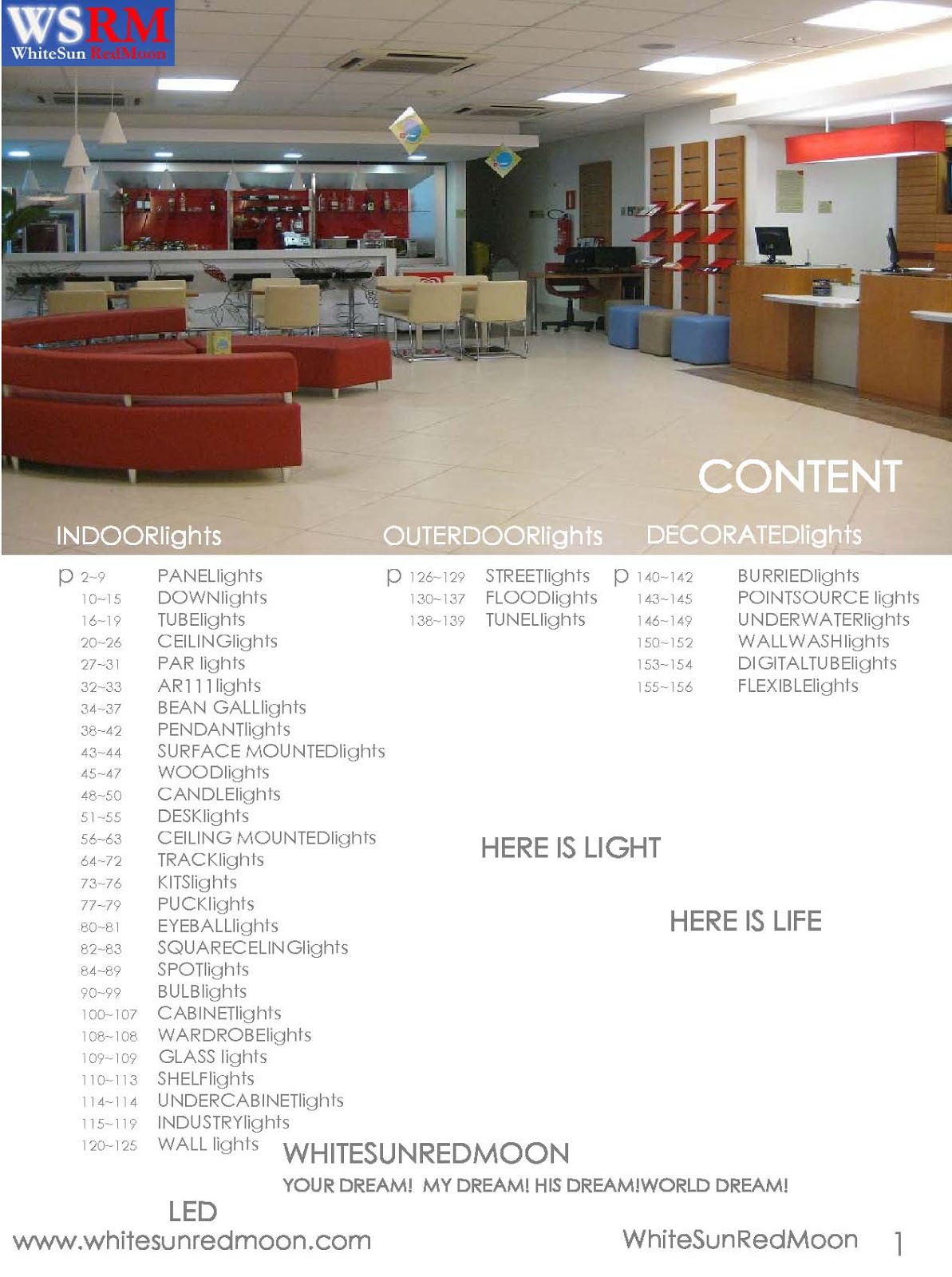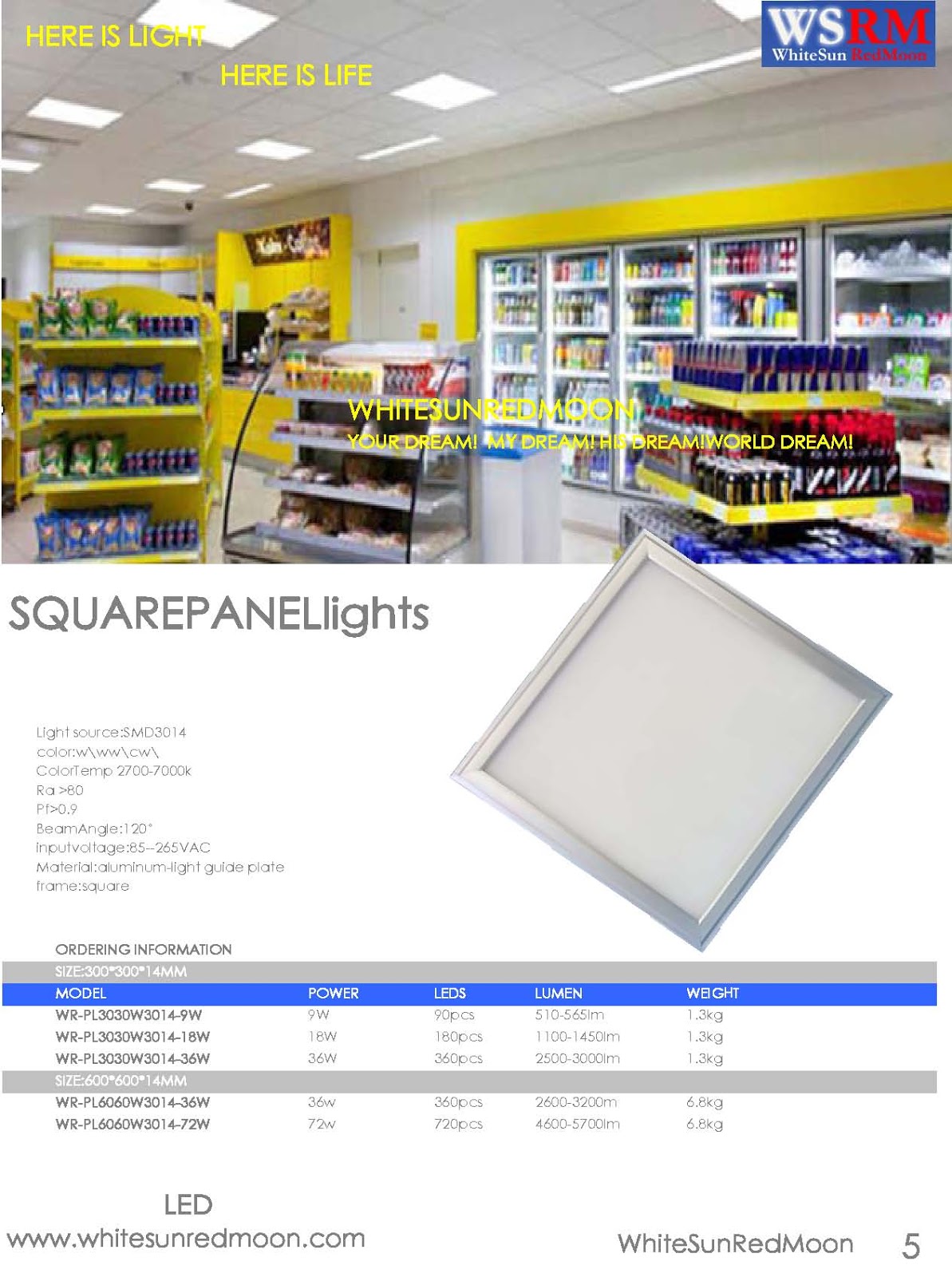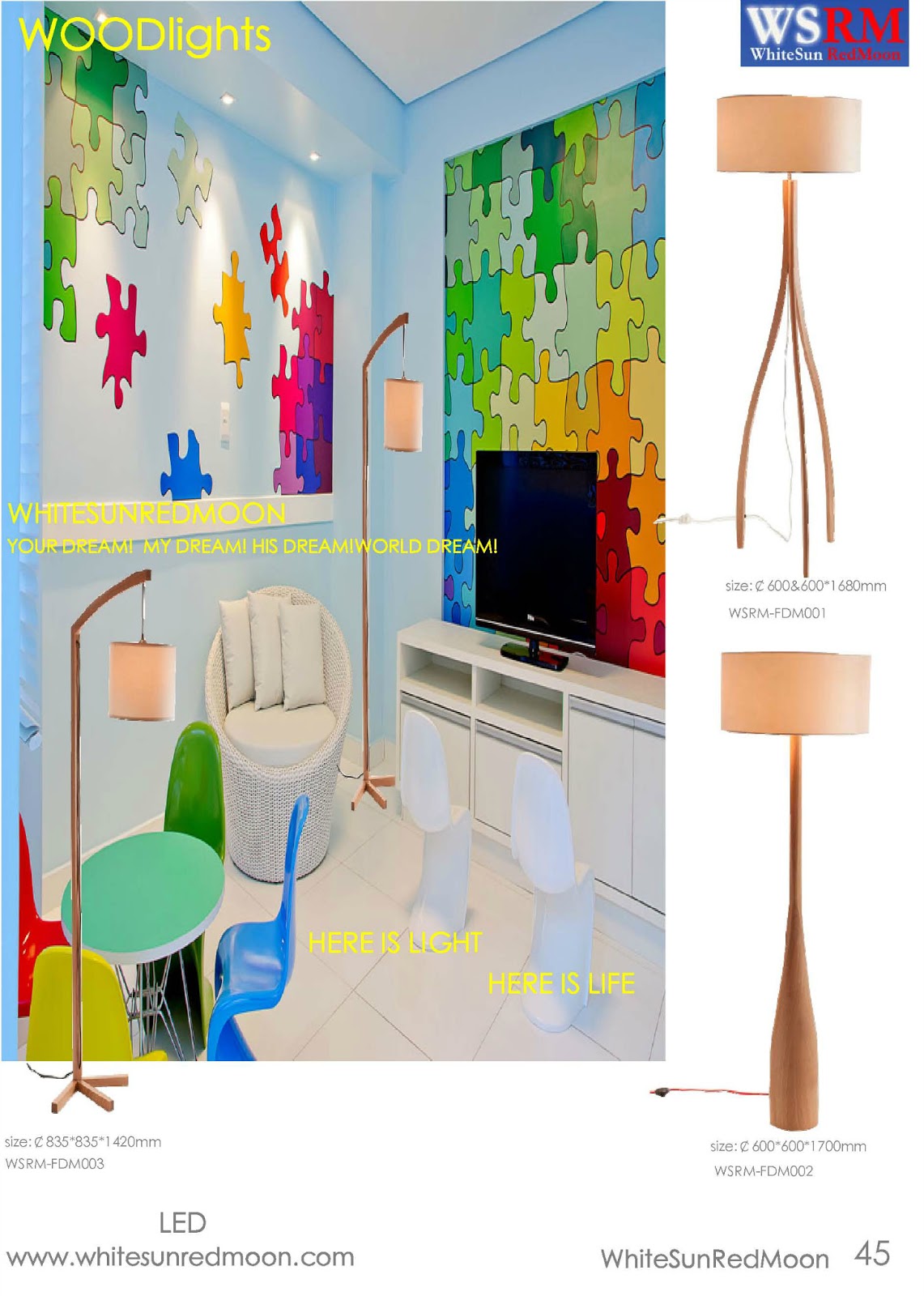HERE IS LIGHT!HERE IS LIFE!
WSRM---LEDlights still is the Next Wave in Lighting in the Europe?
Diversity makes lighting an exciting business. On the one hand you find people earning money with OLED doing one-off designs, then you have multi-billion Euro companies keeping their market share and reducing their workforce. How can this happen and what is next for the WSRM?
Looking at lighting through “semiconductor glasses” shows that the market needs to be faster, have extremely efficient “concept to production” cycles, as well as permanent cost reductions and increased flexibility by decreasing product lead-times, using platforms like Zhaga and managing stock efficiently.
This may work in B2B business for big complexes or factories with longer project lead-times, but it is almost impossible with regards to B2C business. Can an LED retrofit bulb be designed, qualified, produced and sold within a maximum of 6 months, in order not to become technically outdated? Maybe, but it also depends on attractiveness, price range and value to the customer as well as sales channels and market awareness. A delay factor could be the complexity of qualification and warranty and the fact that an LED is not only a component, but a complete system. As a result, very few companies can successfully produce LED bulbs for an extended period of time. Even the entry of Asian giants won’t change things dramatically.
Most European lighting companies work in the B2B environment and don’t have the capacity, resources or financial backing to take on things like designing or researching. They can’t work within a 6-12 month development cycle, produce goods themselves, or wait for readymade products to be shipped from the Far East. They are repeatedly turning to lower cost European companies or EMS manufacturers for quick production.
WSRM with a turnover of over €8 million has recently become the one of biggest producer of LEDlighgts for Europe. They have an annual capacity of 2 million pieces and an excellent reputation when it comes to quality and price. Just imagine: no tax and fast delivery times! This makes time to focus on core strengths like customer relations, product specification or market knowledge. Portfolios can be expanded quickly with ready-made, flexible luminaires that are custom made by a nearby manufacturer. WSRM and some other companies have started offering OEM services in the area of LED lighting.
From a technology point of view, I see an increase of innovations in area and linear lighting. Traditional ceiling tiles with T5/T8 tubes and traditional linear strip solutions will be replaced by flexible and fluid light. Point light sources like spot and track lights or downlights already achieve great color stability and uniformity with remote phosphor technologies. Ceiling lights are rather static and a 1 to 1 tube replacement remains a challenge, making little use of the technical advantages of semiconductor light. LED manufacturers should explore this market further while OLED need to improve in the areas of performance and lifetime while reducing costs to an acceptable level for mass markets.
What is the next wave in lighting?
It may be production efficiency (see Lean Management in Automotive with increasing variations, higher automation, but smaller quantities or outsourced production). In the area of technology it will be new technologies in linear and area lighting (like OLED or flexible LED light solutions).
In the end, creativity and relationships decide who the market winners are. Fortunately, lighting is about emotions and people, not only money and technology.
How do it for WSRM? you will find it in the future!
http://zgledn.yglm.mobi/
SALES CONTACT
ITALY
Torino
39011redmoon1@myledonline.com
Rome
3906whitesun1@myledonline.com
SPAIN
Barcelona
3493redmoon1@myledonline.com
GERMANY
Berlin
4930whitesun1@myledonline.com
FRANCE
Paris
331redmoon1@myledonline.com
ENGLAND
London
4420whitesun1@myledonline.com
RUSSIA
Moscow
7499redmoon1@myledonline.com
FINLAND
Helsinki
3589whitesun1@myledonline.com
NORWAY
Oslo
47whitesun1@myledonline.com
AUSTRIA
Vienna
431whitesun1@myledonline.com
39011redmoon1@myledonline.com
Rome
3906whitesun1@myledonline.com
SPAIN
Barcelona
3493redmoon1@myledonline.com
GERMANY
Berlin
4930whitesun1@myledonline.com
FRANCE
Paris
331redmoon1@myledonline.com
ENGLAND
London
4420whitesun1@myledonline.com
RUSSIA
Moscow
7499redmoon1@myledonline.com
FINLAND
Helsinki
3589whitesun1@myledonline.com
NORWAY
Oslo
47whitesun1@myledonline.com
AUSTRIA
Vienna
431whitesun1@myledonline.com
NETHERLAND
Amsterdam
3120whitesun1@myledonline.com
SWITZERLAND
Zurich
4144whitesun1@myledonline.com
TURKEY
Istanbul
90216whitesun1@myledonline.com
BELGIUM
Brussels
322whitesun1@myledonline.com
SWEDEN
Stockholm
468whitesun1@myledonline.com
HUNGARY
Budapest
361whitesun1@myledonline.com
SCOTLAND
Glasgow
44141whitesun1@myledonline.com
ICELAND
Reykjavik
354whitesun1@myledonline.com
SWITZERLAND
Zurich
4144whitesun1@myledonline.com
TURKEY
Istanbul
90216whitesun1@myledonline.com
BELGIUM
Brussels
322whitesun1@myledonline.com
SWEDEN
Stockholm
468whitesun1@myledonline.com
HUNGARY
Budapest
361whitesun1@myledonline.com
SCOTLAND
Glasgow
44141whitesun1@myledonline.com
ICELAND
Reykjavik
354whitesun1@myledonline.com








No comments:
Post a Comment